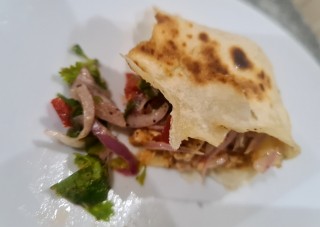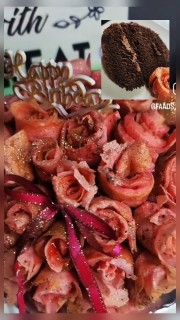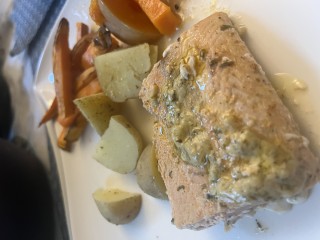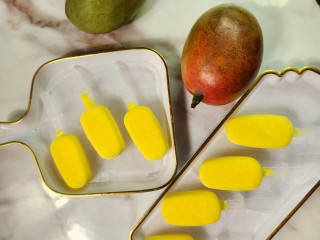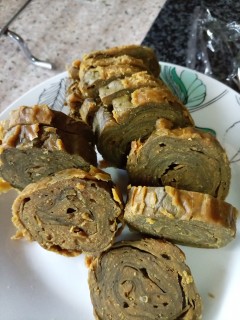Tips On Baking Cakes
Follow these tips for successful, flop -proof baking.
Butter should be soft and sugar should be added a little at a time and beaten well or else you will get a speckled crust.
Eggs should be added on at a time and after each addition, beat well. If the wrong proportions of raising agents, butter or liquids are used, it can cause a cake to sink in the centre.
Grease the cake tin well before putting in batter to avoid baked cake from sticking to the pan.
To grease pans use wax wraps or grease proof paper, coat well with oil, ghee, butter or margarine.
Dust with flour. Alternatively you could spray the pan with non-stick spray.
After the cake is baked do not leave it I the pan for too long as it can get stuck.
Allow to cool slightly then turn out onto a wire rack. Use a knife to go around the cake to help loosen it up a bit. When milk is called for in a recipe omit 2tbsp milk and add 2 tbsp. water as it makes a lighter cake. When putting flour into a cake mixture, fold in; do not beat as the fluff of the egg flops, causing the cake to have a heavy texture. When making fruit cakes, if the fruit sinks it could be that the batter is too weak or the fruit was wet or the fruit was added before the flour.
To test if a cake is baked you will notice the cake has left the sides of the pan, or the cake springs back and leaves no dent when pressed lightly. You could also poke a toothpick skewer into the cake if it comes out clean its done. Put a net and wire rack on the cake then turn out so that it does not crack or break. Make sure you follow the recipe closely and carefully measure all your ingredients. Never make changes in the amounts of ingredients and be careful with substitutions.
Make sure you are using the correct pan as called for in the recipe, the wrong pan may change your cake texture or consistency.
Make sure your oven is preheated to the temperature the recipe calls for.
Happy Baking! http://www.doughrayme.co.za



